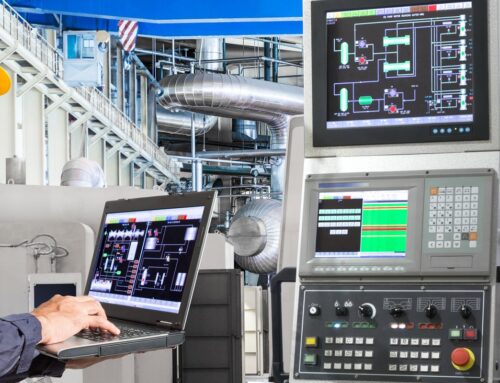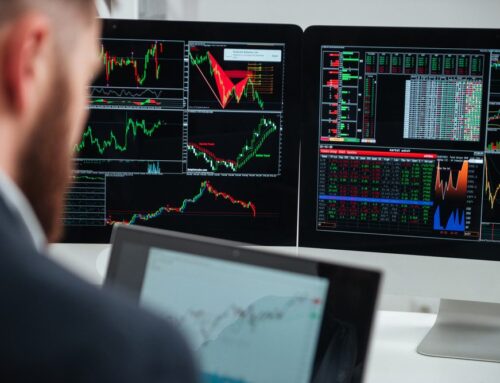While Edge computing is becoming the go-to data solution for companies all over the world, some business owners still find themselves with questions about it. For instance, who created the concept and when? How easy is it for data centers to transition to this developing technology? And what gap does Edge computing fill in the data center world today? Continue reading to learn the answers to these questions.
How Did Edge Computing Begin?
The conception of Edge computing is often attributed to an internet company called Akamai back in the 1990s. The content delivery network launched their idea of utilizing nodes, or connection points within a communications network, in places closer geographically to end-users to deliver cached content like videos and pictures. After this, different technology emerged that would all go into the creation of Edge computing — peer-to-peer overlay networks, cloud computing, and cloudlets. With the natural direction in which technology was advancing, a need emerged for computing that decreased latency and improved the functioning of IoT devices.
How Are Data Centers Transitioning?
It was obvious to many data center owners that Edge computing would become a standard in the industry. But how would they be able to transition from the OT from days past to the new equipment needed to run an Edge data center? Many falsely believed that upgrading a facility to a smart facility would entail a complete and costly overhaul of controllers. The truth that many learned, however, is that a rip and replace is unnecessary. Data center owners are able to integrate a more modern level of computing technology into existing equipment. With the aid of an experienced data center service, one could easily upgrade their facilities into edge data centers. It’s clear that this is the direction many are taking, as it was predicted that $208 billion was to be spent on IT for data center systems worldwide in the year 2020.
What Are the Benefits?
The phrase “modern problems require modern solutions” fits perfectly with the idea of Edge computing. It resolves numerous present-day data issues, such as increased latency. By bringing data center resources closer to end-users than ever before, Edge computing increases the productivity of applications. When designed as intended, an Edge platform is capable of outperforming traditional systems. As more consumers invest in IoT devices such as smart security systems, self-driving cars, and more, the need for shorter response times and quicker information delivery escalates. IoT is the present and the future, meaning Edge computing is, as well.
Contact LDP Associates if you have additional questions about Edge computing or any of our other services such as data center cooling or data center maintenance.






